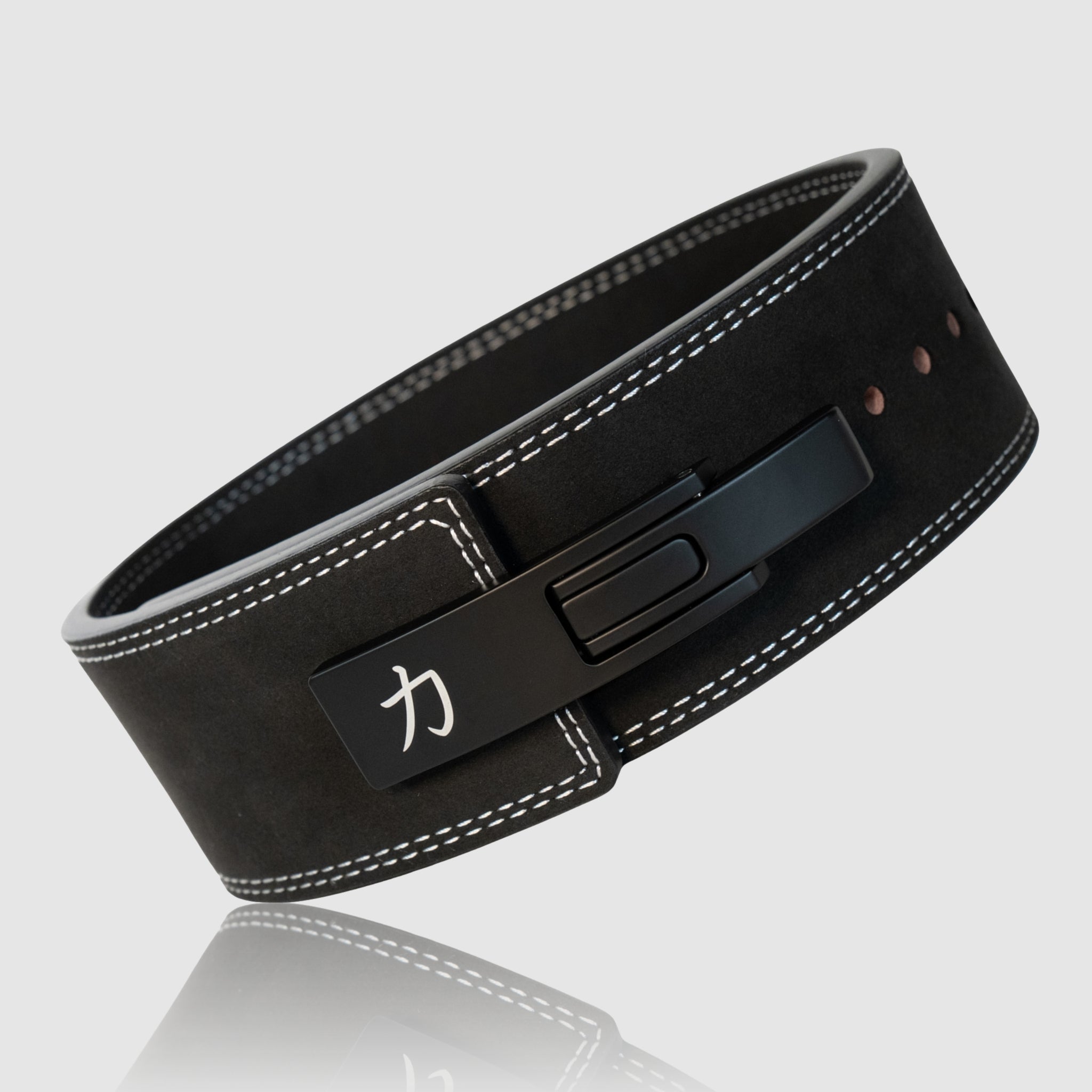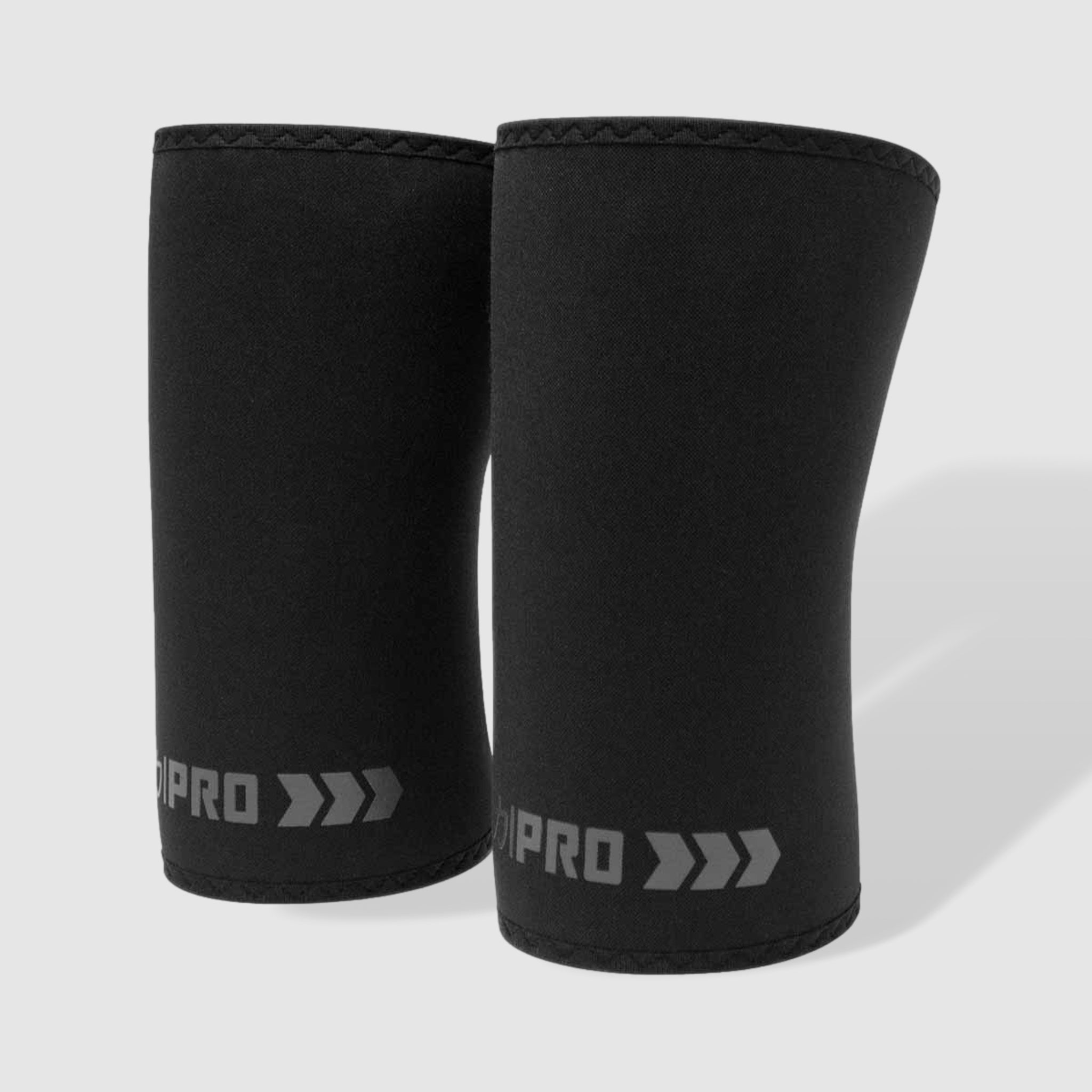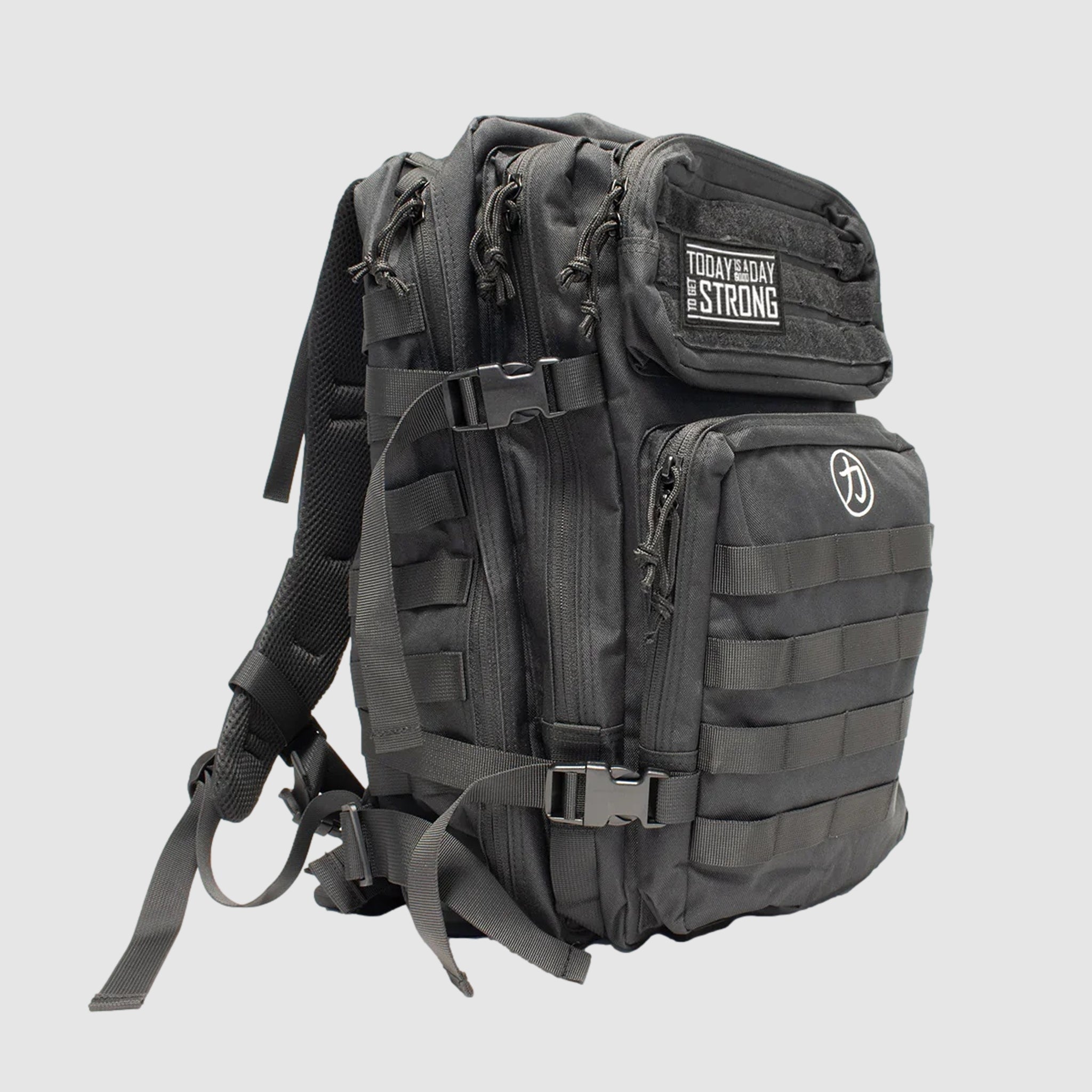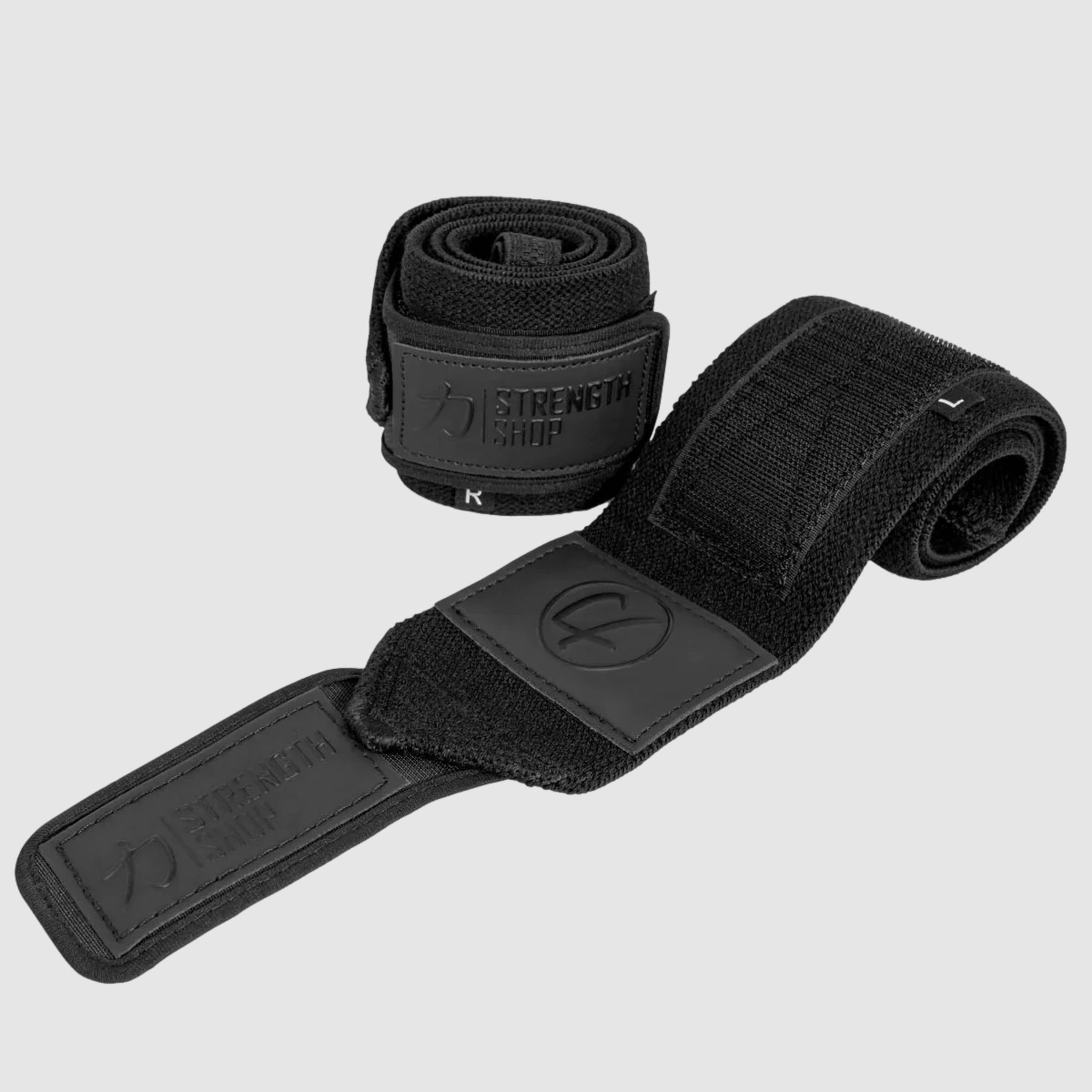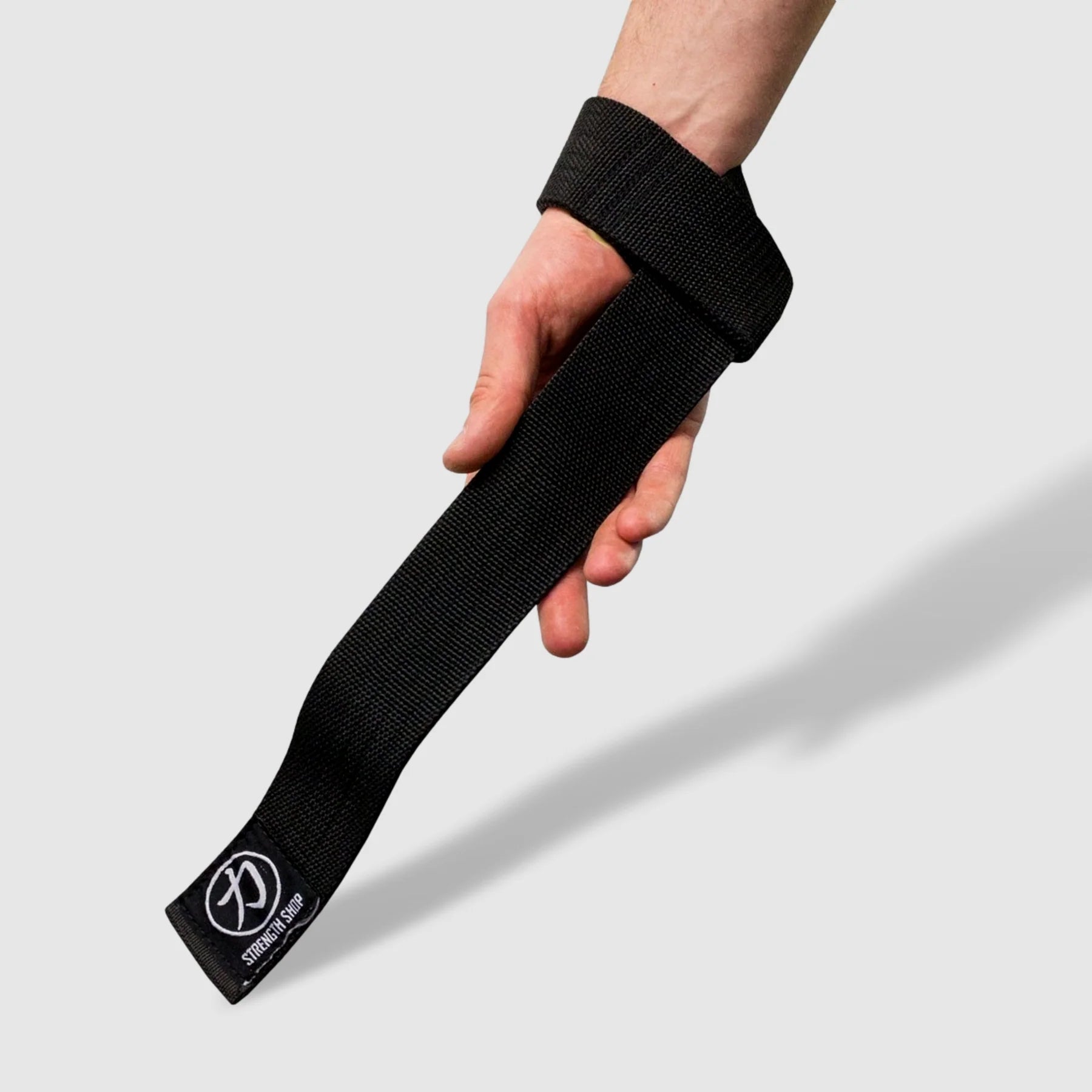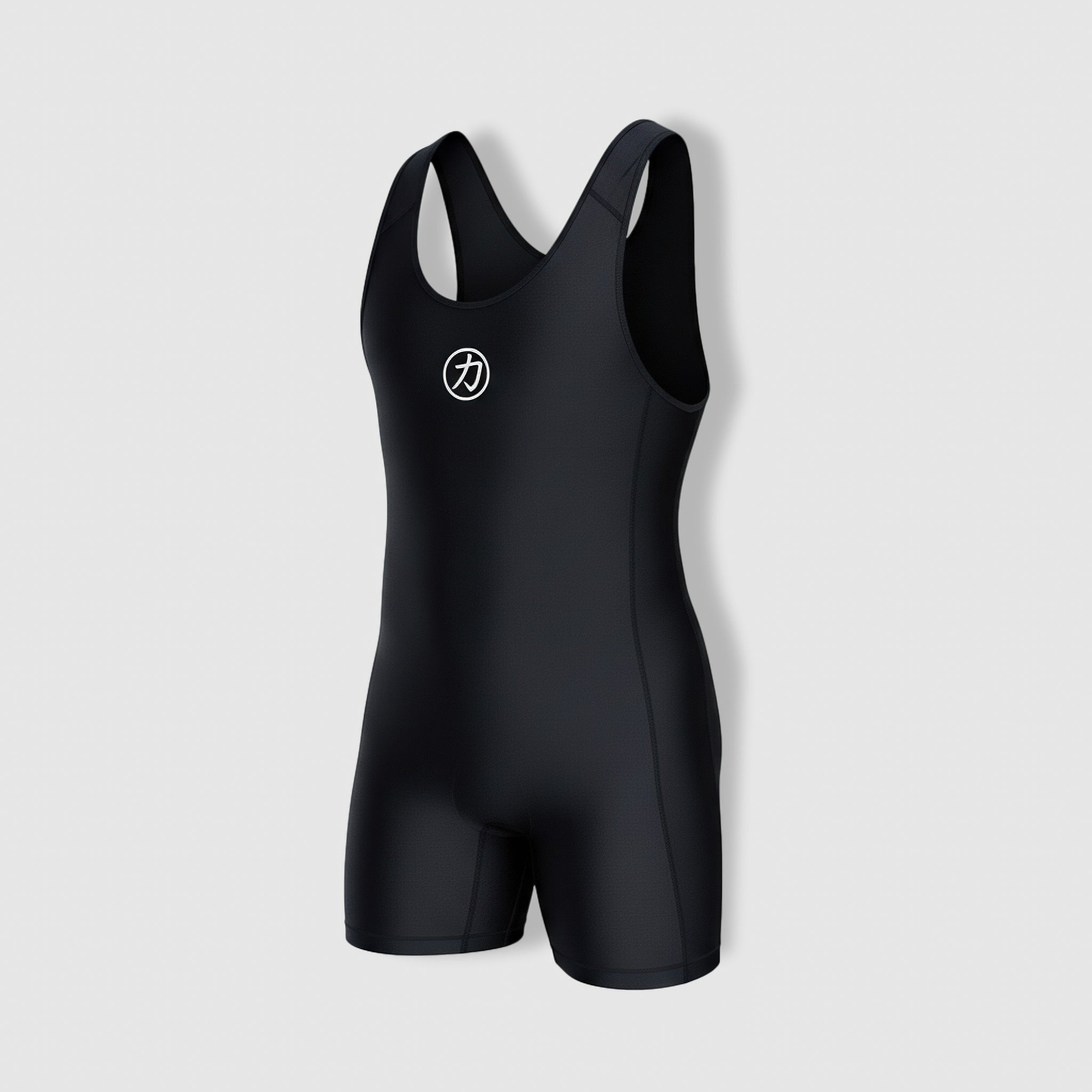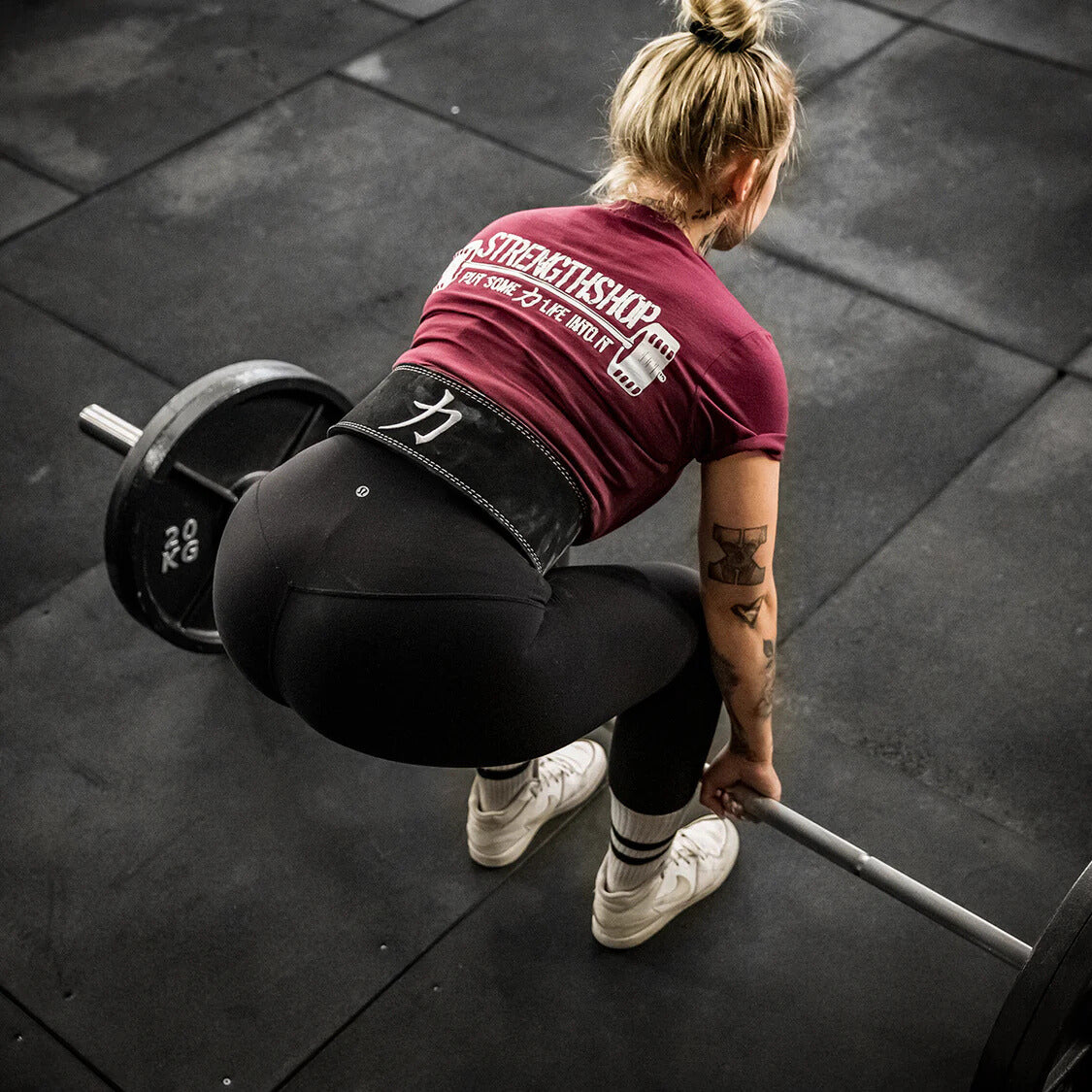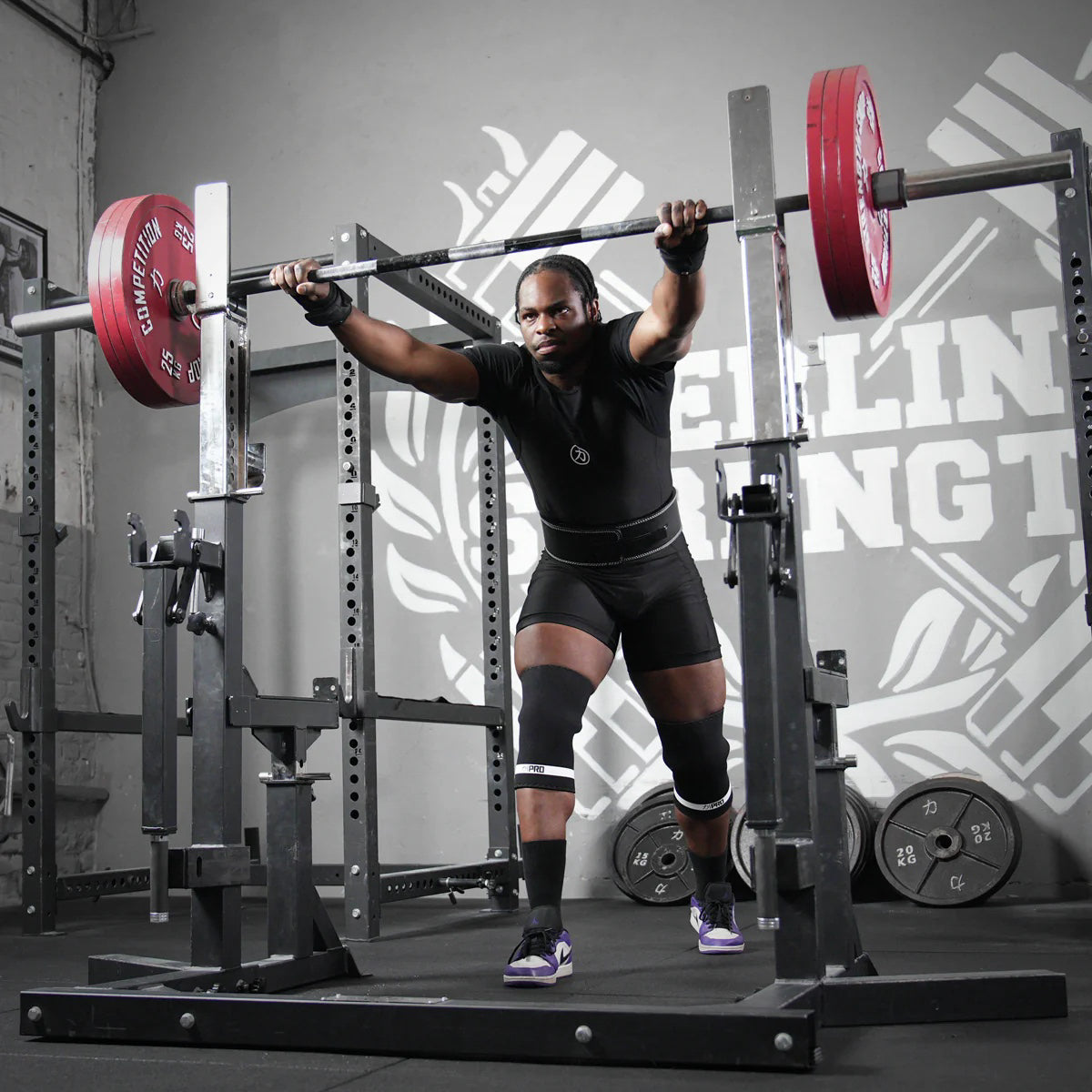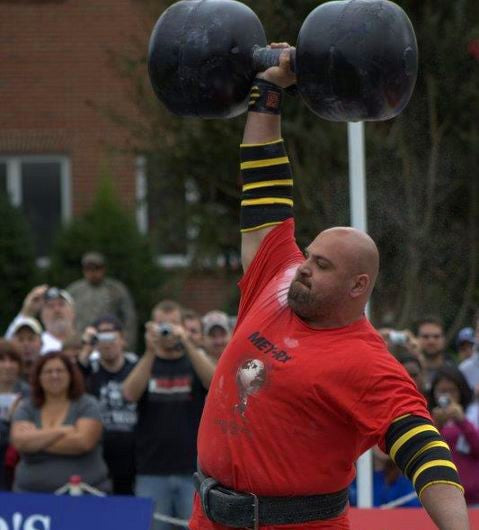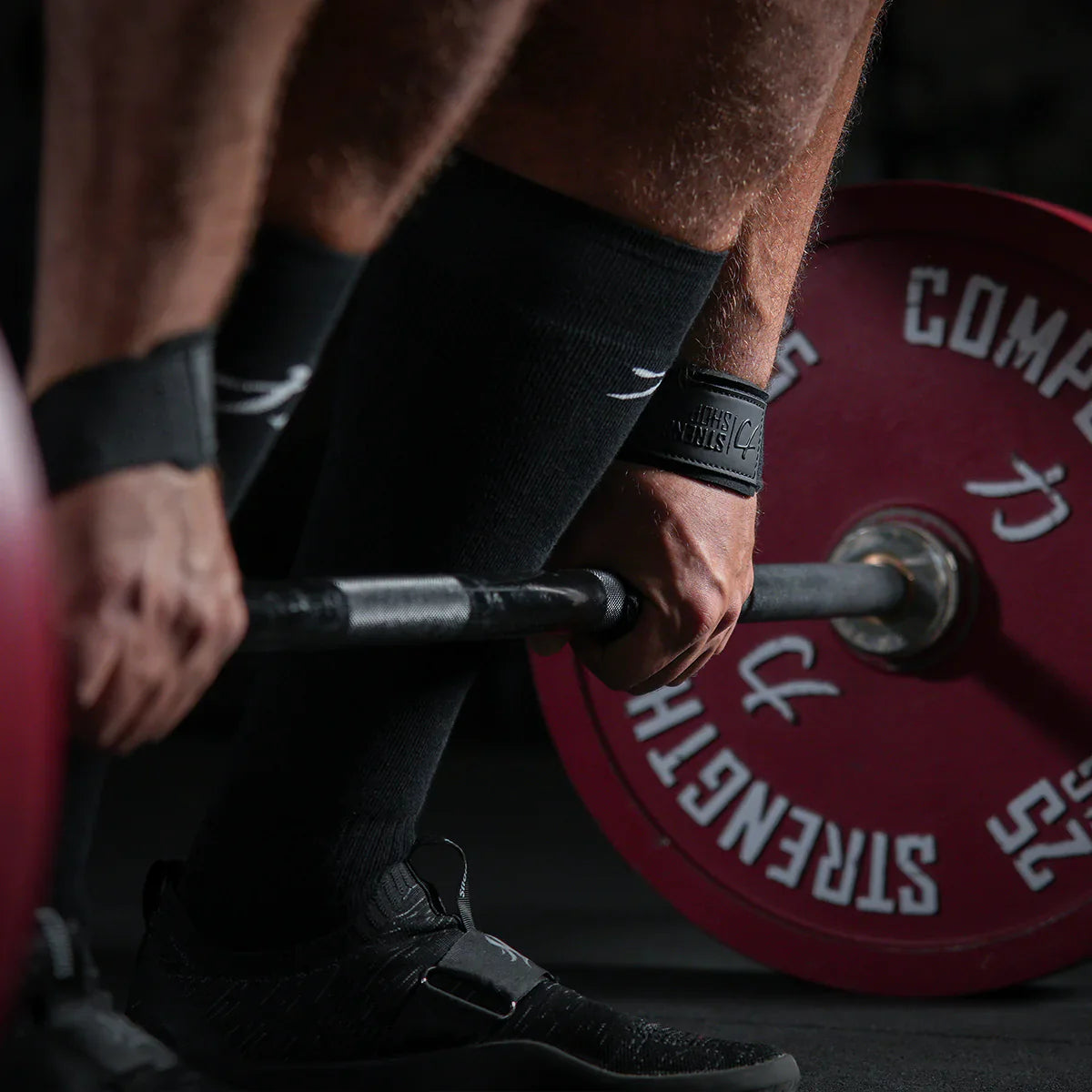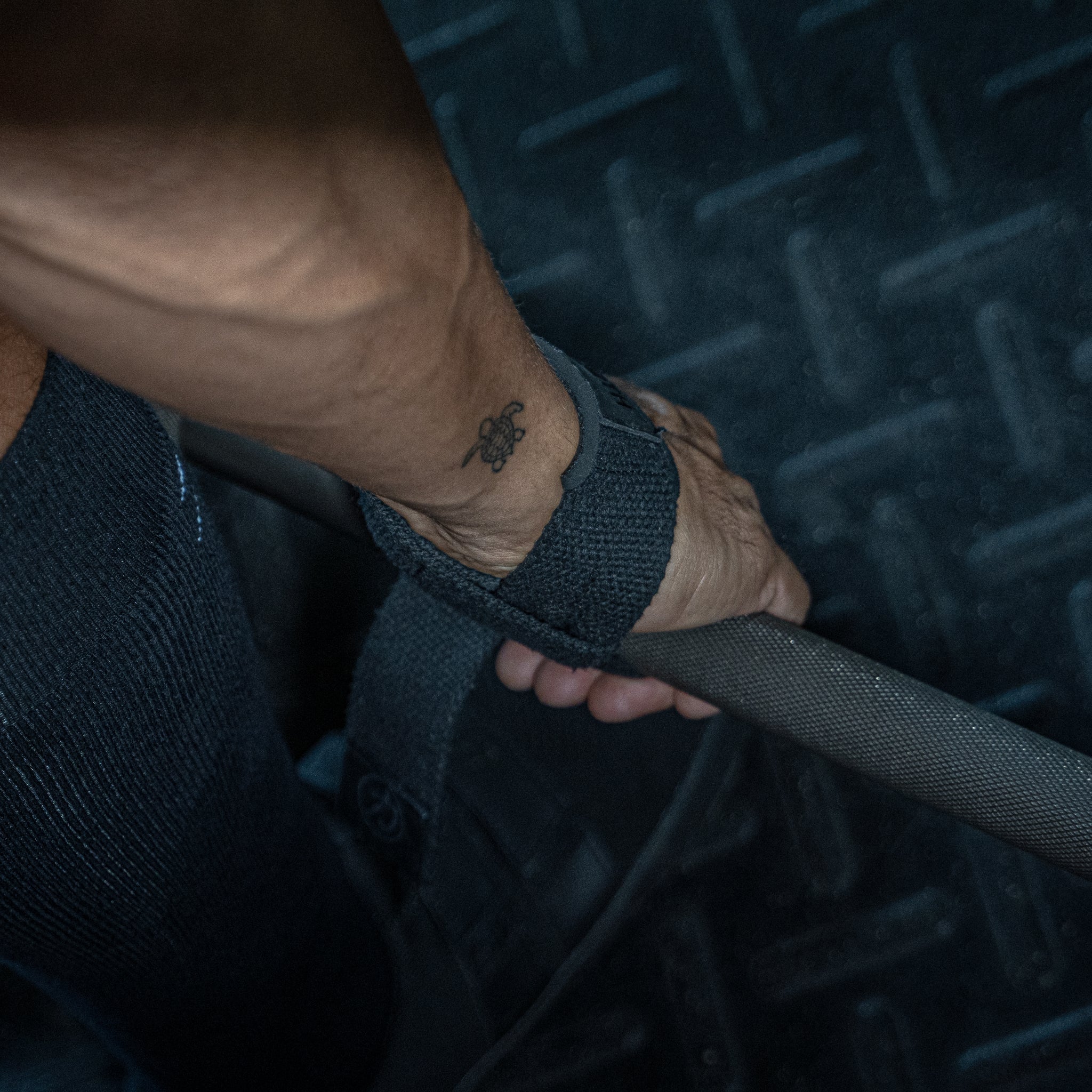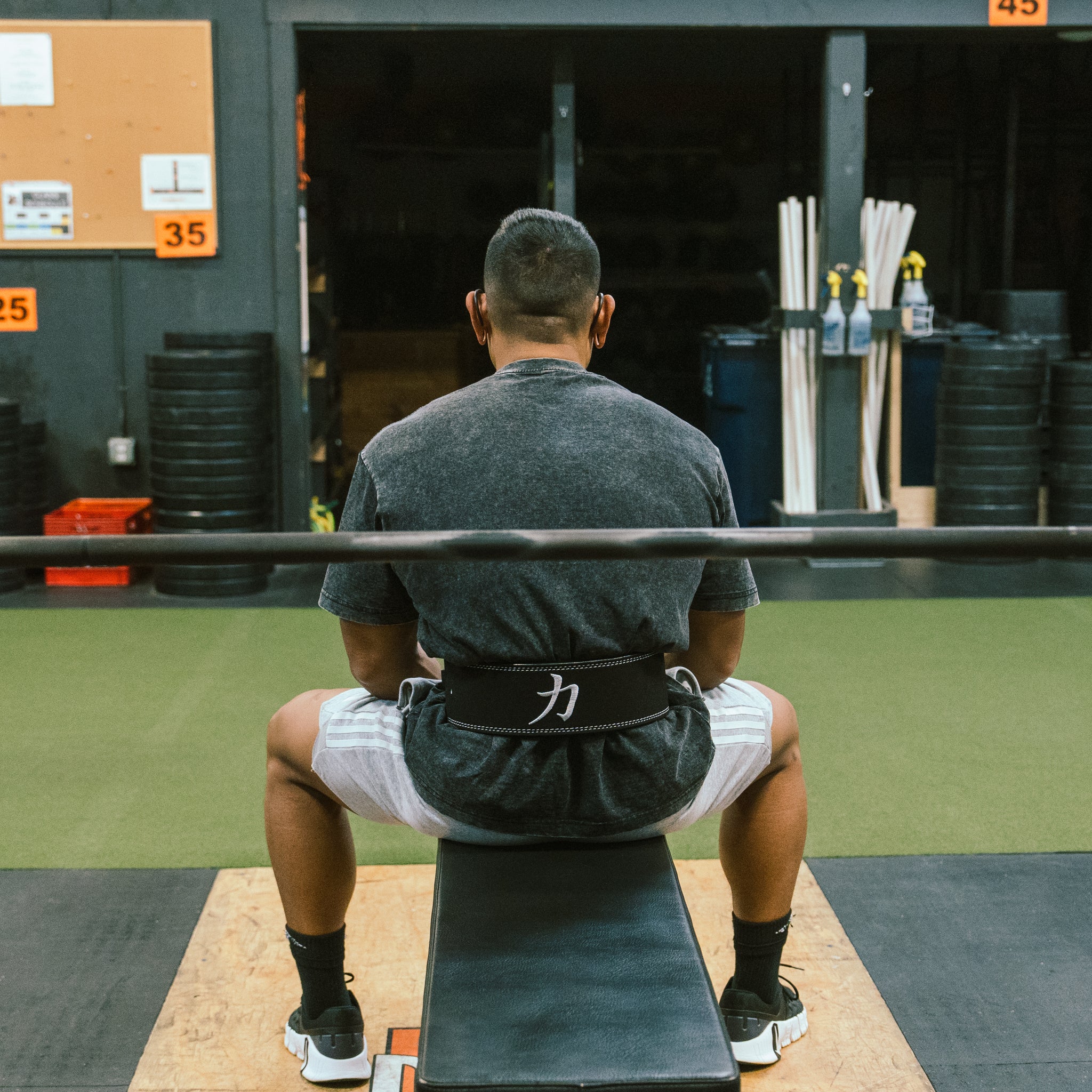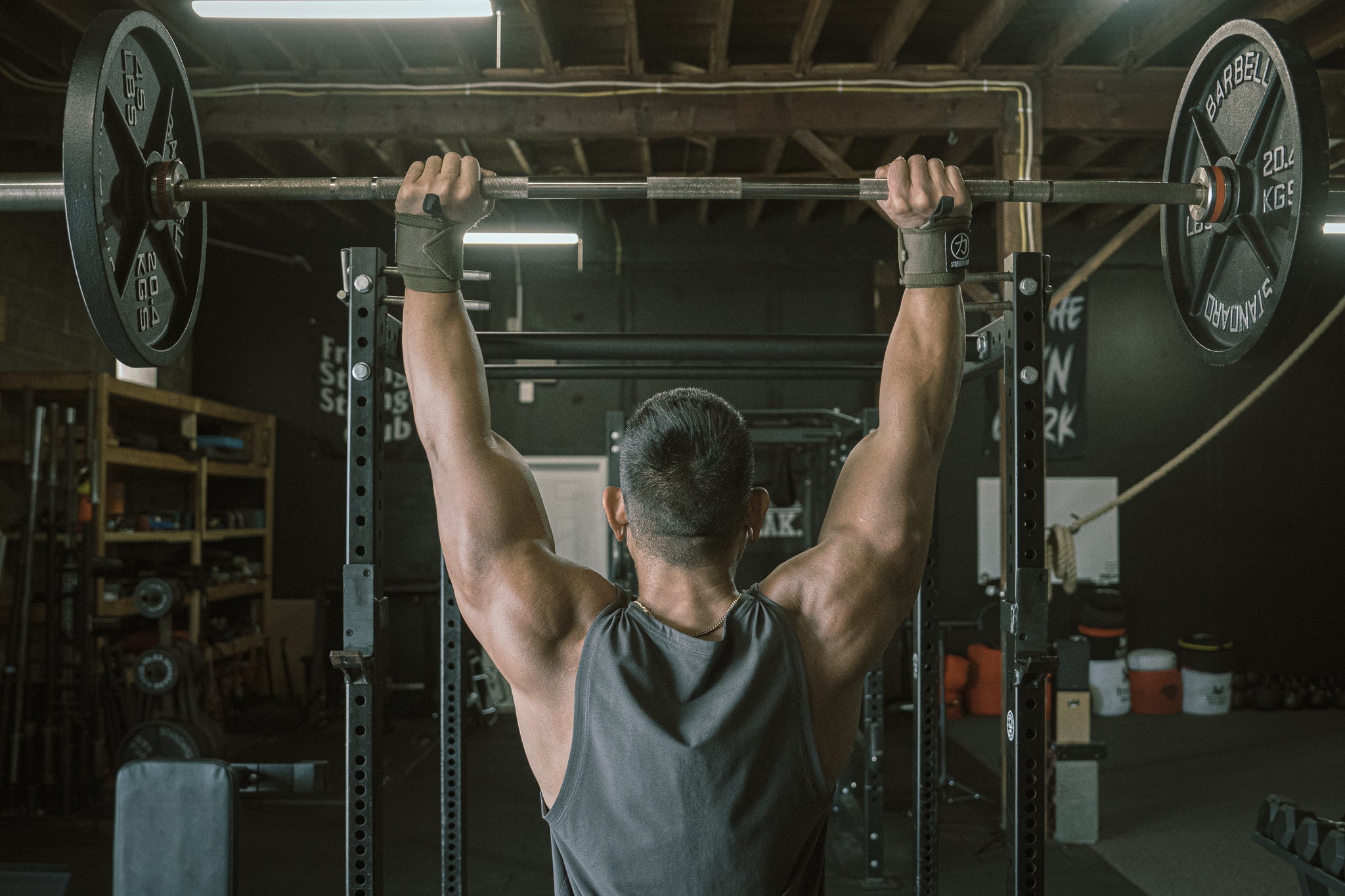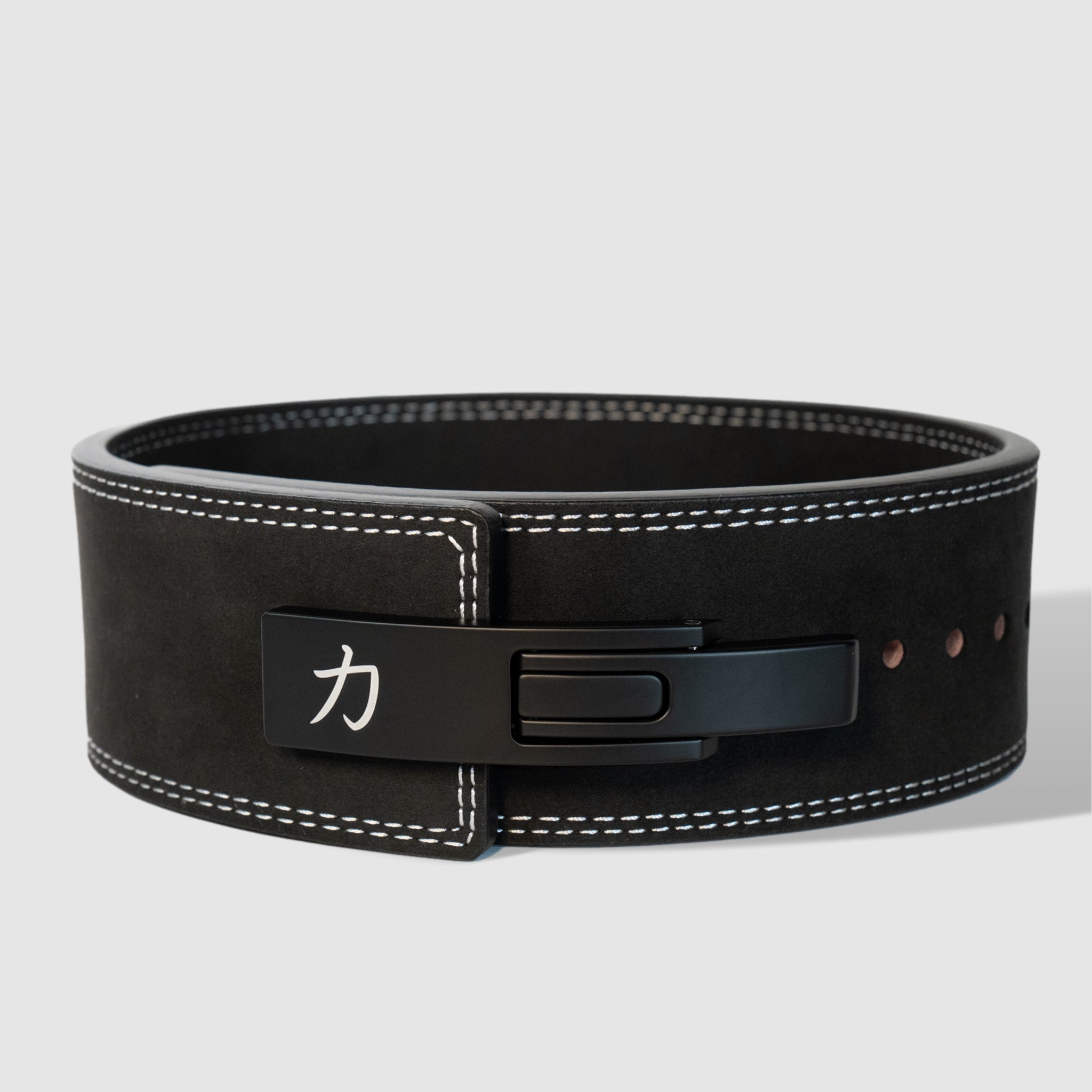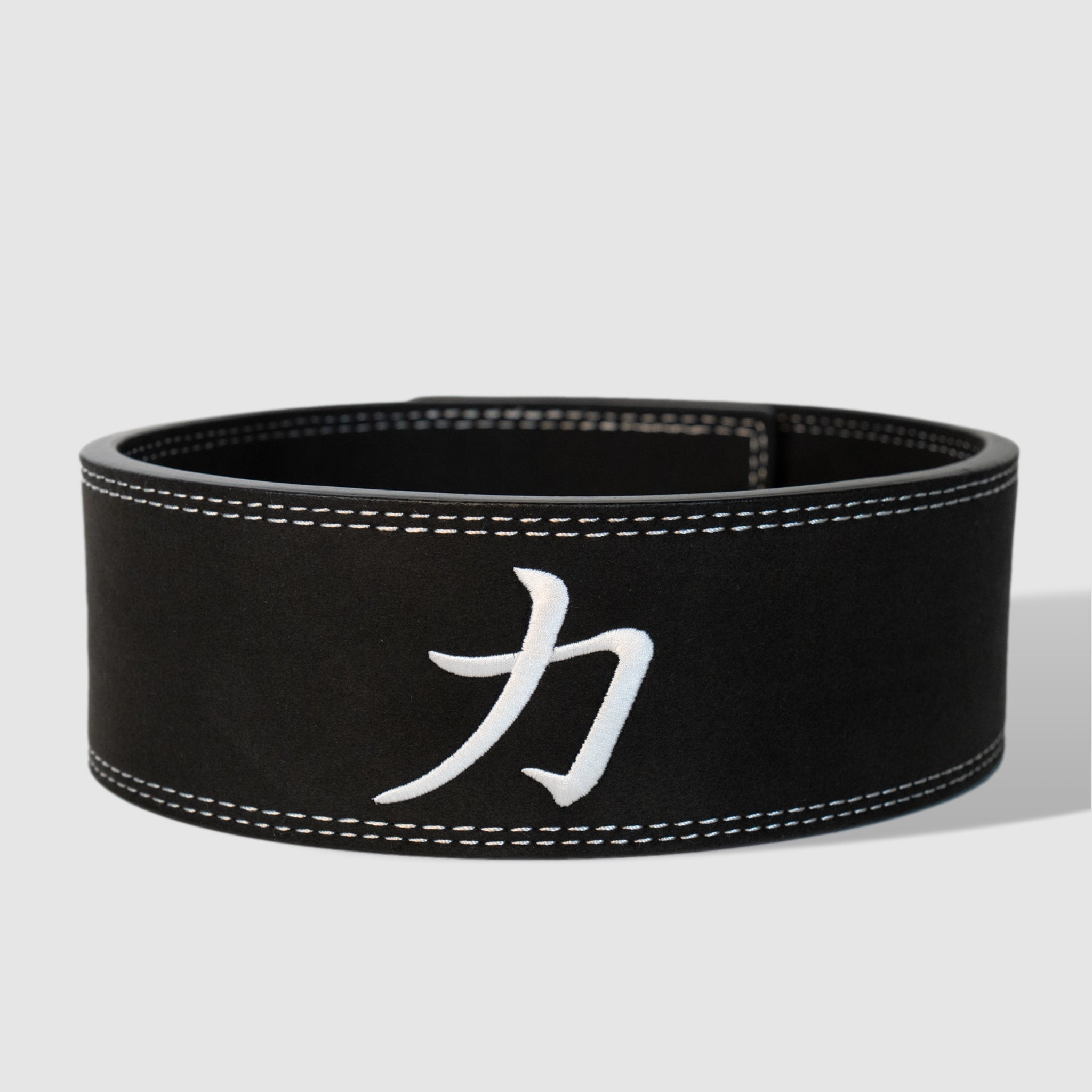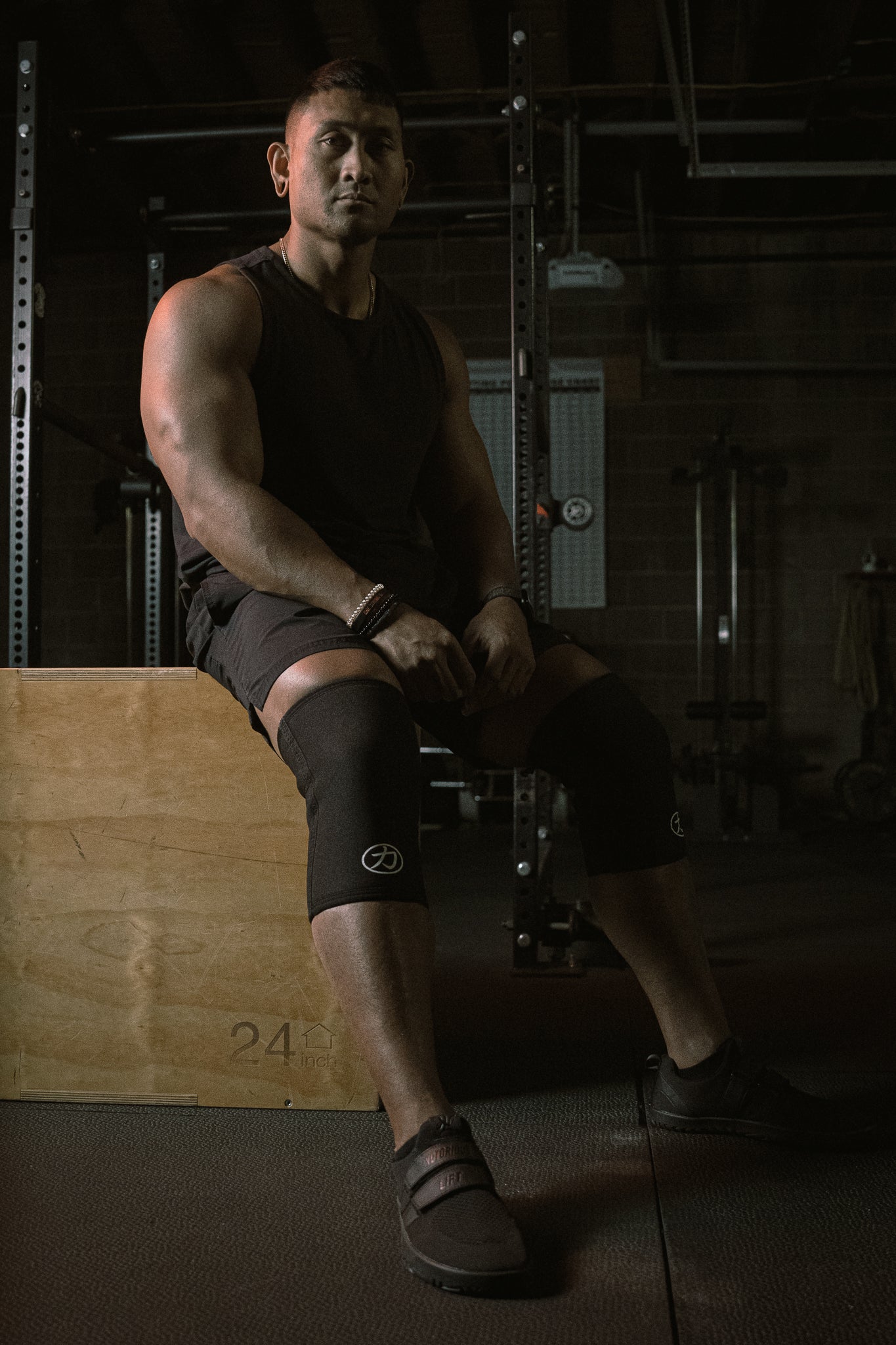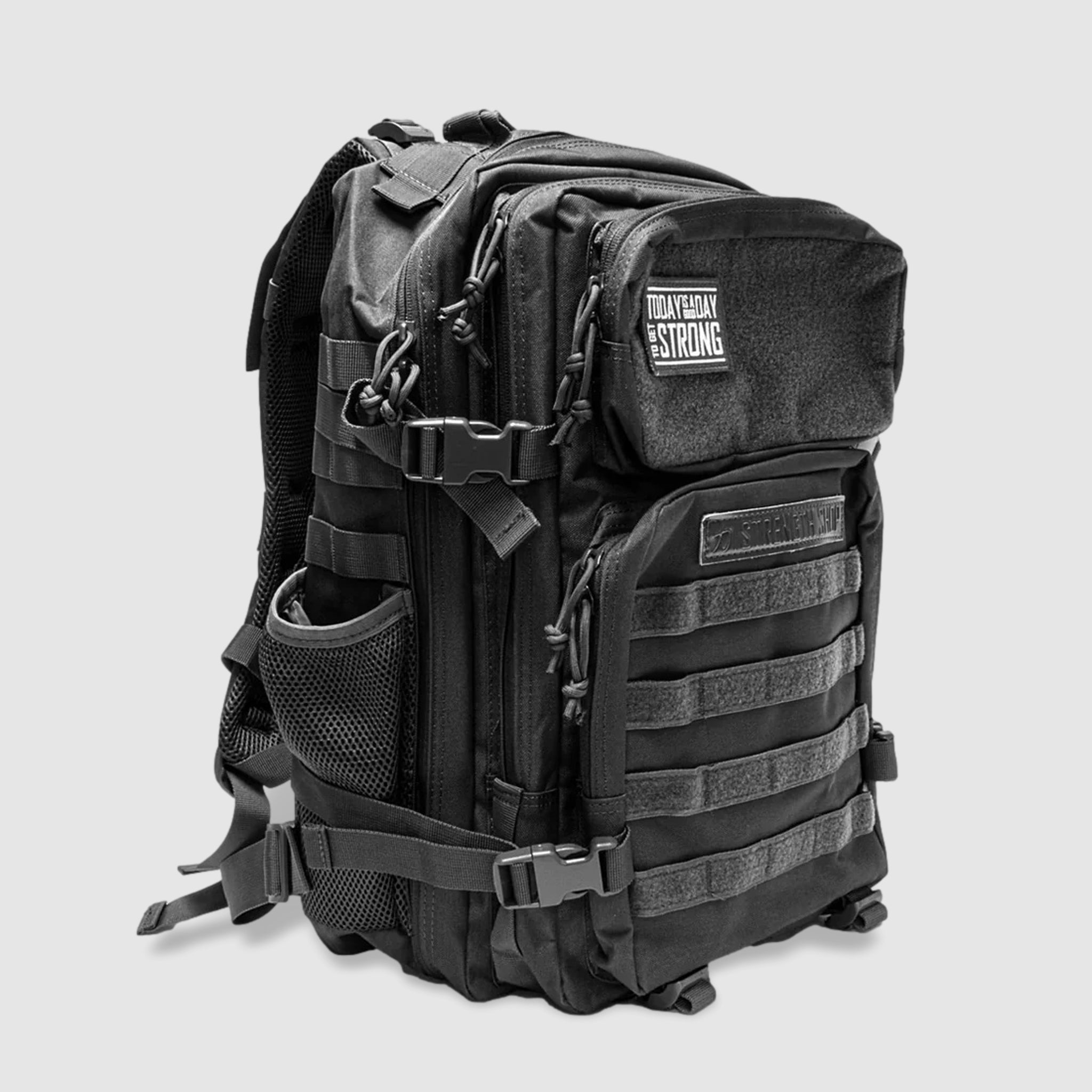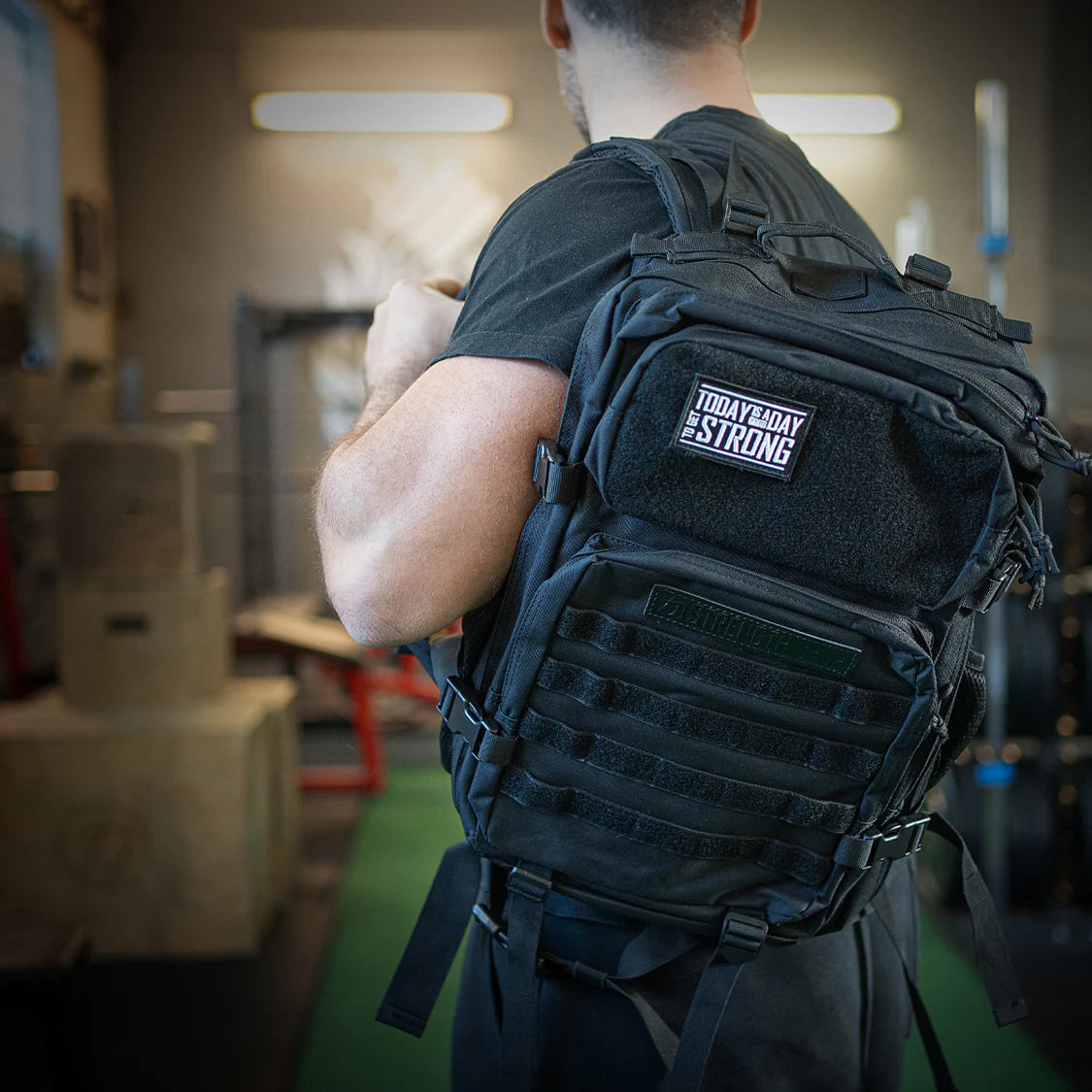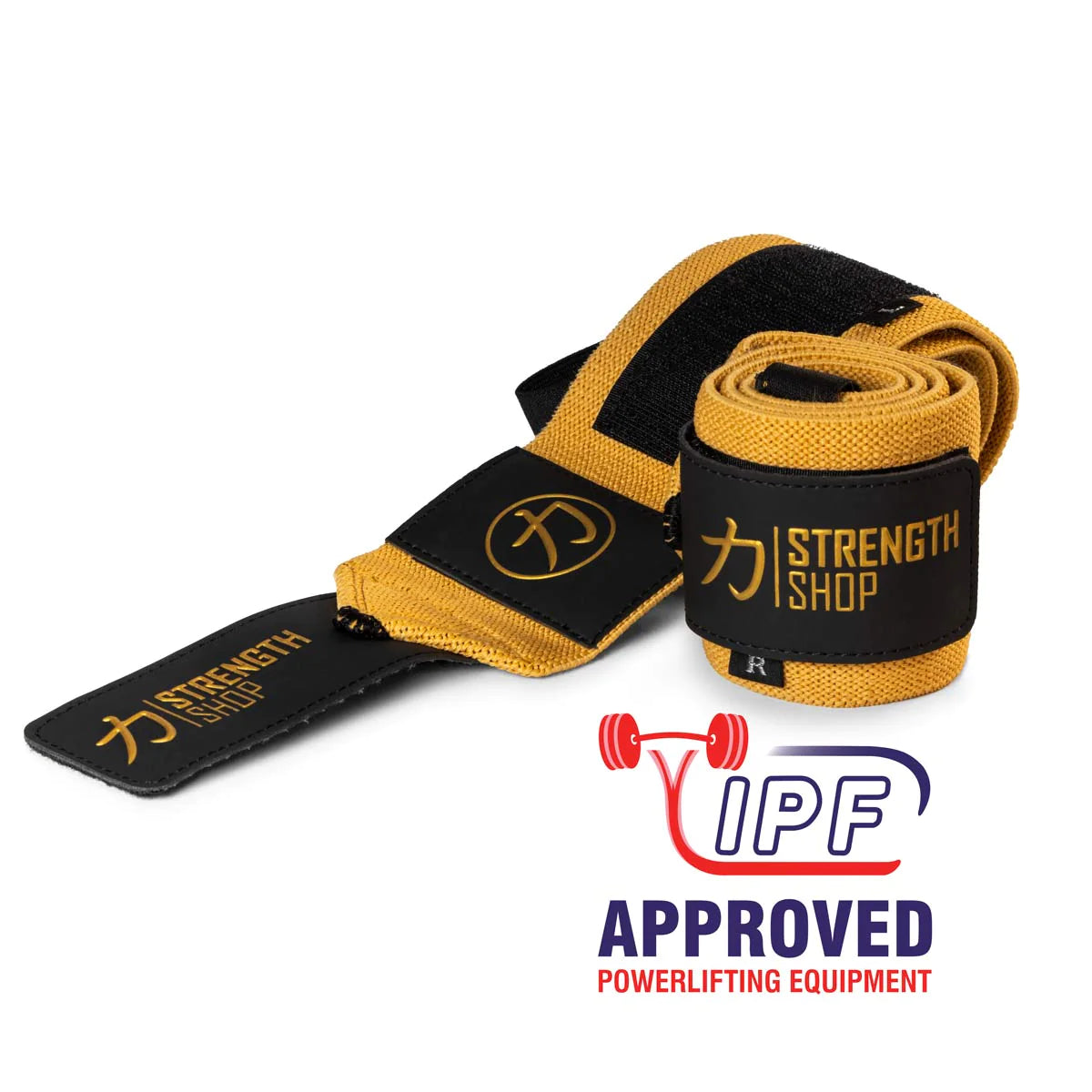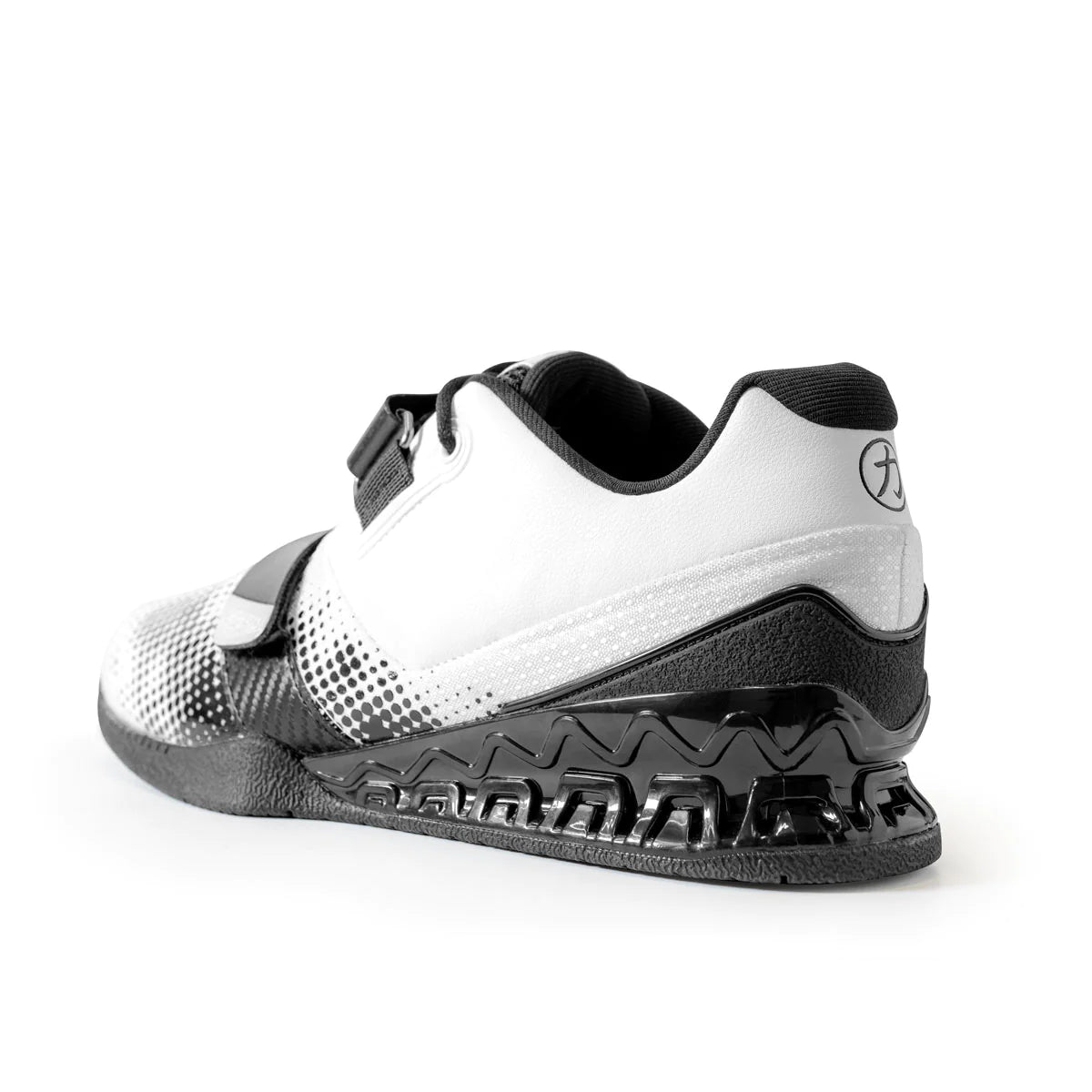If you want to level up your training, accommodating resistance is a game-changer. It makes lifts more balanced and challenging throughout your entire range of motion. I've used it with bands, chains, and even some strongman equipment to target weak points and build strength—and trust me, it works.
What Is Accommodating Resistance?
Accommodating resistance (referred to as AR from here on out) makes a lift equally difficult throughout its full range of motion.
In a squat, for example, coming out of the hole is typically the most challenging part of the movement, while the lockout is the easiest. So, when you lift with bands or chains as AR, you de-load the bottom portion of the squat, making the most challenging part more manageable. This overloads the top end of the movement, making the easiest part more difficult.
Imagine plotting the difficulty of a lift on a graph. Typically, the intensity varies — some parts of the movement feel more challenging, and others feel easier. With accommodating resistance, the goal is to make the effort more balanced or consistent throughout the entire range of motion.
If you're new to adding AR, start slowly and combine it with solid basics like your weightlifting belt, weightlifting shoes, knee sleeves, and strength wraps to stay supported and safe.
Is Accommodating Resistance Good for Novice Lifters?
Now, I specify "experienced lifters" because AR isn't for beginners. I've had new athletes tell me, "My sticking point is here, so I should train this," or "I struggle with my lockout, so ..." No! If you haven't trained properly for at least a year, you don't have a sticking point — you have a weak bench. It's usually technique, not strength.
The one-year mark isn't magical, but it's a solid starting point. Each lift is a skill to learn and master. Failing halfway doesn't mean that spot is the problem — you might've messed up on the descent, mis-grooved, or lost position. Fix your lift dynamics first before adding variables.
The Best Methods for Accommodated Resistance
For intermediate and advanced lifters, the various methods and uses of AR make it valuable and frequently fun to use. Band-assisted, band-resisted, and chains will be the most typical forms of AR used in powerlifting training. Depending on your desired effect, you can use them in separate training cycles or concurrently. Here are four of the best methods.
1. Band-Assisted Lifts
Band-assisted, or "reverse band," lifts are my least favorite because people often misuse them for ego lifts. However, they have a purpose. Like downhill sprinting in running, reverse bands help with over-acceleration training by aiding the most challenging part of the lift (like the bottom of a squat) while leaving the entire weight at the top.
To keep the movement effective, keep the load under 80% 1RM with 1-3 reps, and ensure the bands have slack at the top of the lift. This is speed training — not a chance to load up for a fake PR.
If your grip limits you during banded deadlifts or rows, lifting straps can help. What are lifting straps for? They take pressure off your hands so you can focus on form, bar speed, and full effort.
2. Band-Resisted Lifts
Band-resisted, or "banded," lifts are the opposite of reverse bands and can be the most challenging. Like running uphill, these lifts add resistance to the movement's top instead of taking it away. The real difficulty lies in constant deceleration — momentum doesn't carry you through sticking points. Instead, you must generate force throughout the entire lift. Banded lifts build strength and power by eliminating the shortcuts that momentum provides.
3. Lifts With Chains
Chains are my favorite type of AR. Sure, they look cool and make noise that turns heads, but they're also efficient. Chains work similarly to bands by increasing the load as you lift. However, chains rely more on momentum since they are pure weight and not resistant. They are best suited for overload or supermax training.
When set up correctly, chains allow for a manageable weight at the bottom and a heavy load at the top, making them ideal for building strength. Unfortunately, chains are harder to find in commercial gyms, but if you can access them, they're worth using.
4. Dynamic Resistance Machines
Dynamic resistance machines are an excellent option for accommodating resistance for professional athletes. These machines use air pressure or hydraulics to provide smooth, consistent resistance, making them ideal for targeting strength curves and reducing joint stress. Paired with proper gear, like a powerlifting singlet, they're excellent for refining technique and building explosive power. If you have access, they're worth trying.
Benefits of Adding Accommodating Resistance
I've seen firsthand how adding AR can transform your training, especially if you are an intermediate or advanced lifter. Here are some of the most significant benefits I've experienced:
-
Improved strength through full range of motion: AR forces you to work harder at every part of the lift, eliminating weak spots and making you more assertive throughout the entire movement.
-
Enhanced power and speed: Tools like bands or chains allow you to train explosiveness by focusing on acceleration, which translates to faster and more powerful lifts.
-
Better technique and control: AR exposes flaws in your form. When I started using bands and chains, I quickly learned to refine my bar path and stay aligned under pressure.
-
Increased training variety: Let's face it — training can get stale. AR keeps things fresh and challenging and is a game-changer for long-term progress.
-
Targeted overload: By adjusting resistance at specific points of the lift, you can overload where you're strongest and more effectively work through sticking points.
Staying Safe With Accommodating Resistance
When I started using accommodating resistance, I quickly realized how important it is to prioritize safety. If you're incorporating AR into your training, here are some tips I've learned to keep things effective and injury-free:
-
Master your technique first: I tell lifters to nail their form before adding AR. Bands and chains magnify mistakes, so get the basics down first.
-
Start light: I recommend starting with lighter weights and resistance to get used to the new dynamics without risking injury.
-
Use proper equipment: When working with AR, I never skip my weightlifting belt for squats or deadlifts, knee sleeves, wrist wraps, or stable shoes. Weightlifting belts have many benefits, as does using a mouthguard for power lifts.
-
Check your setup: I double-check that bands are anchored securely and chains are set up correctly to avoid losing balance mid-lift.
-
Focus on the bar path: Staying aligned and controlled is key. AR can pull you off balance if your lifts aren't on the right path.
-
Know when to stop: I've learned to listen to my body. AR is intense, and pushing too hard can lead to overtraining or injuries.
-
Work with a spotter or coach: Whenever I push heavy weights with AR, I ensure someone experienced is nearby for feedback and safety.
Working Around Injuries With Accommodated Resistance
I've found accommodating resistance to be incredibly helpful when dealing with injuries. Whether it's elbow pain, knee pain, or another nagging issue, AR lets you adjust the load to minimize strain on vulnerable ranges of motion.
Take skull crushers or tricep extensions as an example. With free weights, your elbows can end up in uncomfortable and vulnerable positions that limit your range of motion. By adding bands or chains, you can reduce the load where you're weakest and safely load where you're stronger. This way, you get proper training without putting unnecessary stress on injured or compromised areas.
Elbow sleeves can also help in these situations. What do lifting elbow sleeves do? They provide compression and warmth, and help keep your elbows better aligned throughout the movement.
Frequently Asked Questions
What does accommodating resistance mean?
Accommodating resistance means adjusting the resistance throughout a lift to match the strength curve, making the movement equally challenging across its full range of motion.
What is the difference between accommodating resistance and variable resistance?
Accommodating resistance adjusts resistance dynamically during the lift to match the lifter's strength curve, while variable resistance changes resistance at specific points based on equipment design, like cable machines.
What are the three (3) types of resistance?
The three types of resistance are constant resistance (like free weights), variable resistance (machines with cams or pulleys), and accommodating resistance (bands, chains, or specialized equipment).
What is the difference between bands and chains for accommodating resistance?
Bands provide elastic resistance that increases tension as they stretch. At the same time, chains add weight progressively as more links lift off the ground, creating a different feel and momentum impact.

